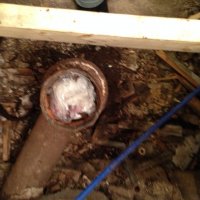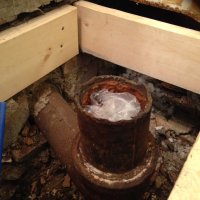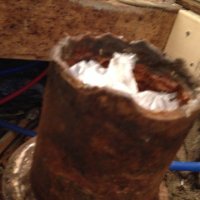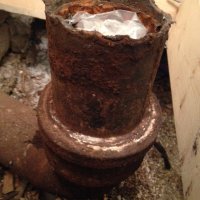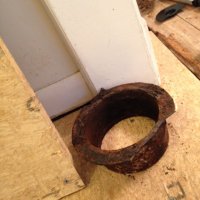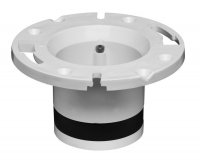hi... i removed the subfloor around the flange (improper floor install) and now i want to remove the old flange.
i'm confused as to what i have exactly. it looks like something is attached to the cast iron pipe. is that some sort of riser? do i remove just the flange or the entire piece attached to the "bend", i.e., the cast iron pipe?
here are 3 pictures... i'm thinking of using a rockwell oscillating tool to cut off the flange. would that work?? i know to be careful and not damage the pipe, but i'm not sure what the big thing attached to it is or what to do exactly.
thank you guys for your help. i appreciate it a lot.



i'm confused as to what i have exactly. it looks like something is attached to the cast iron pipe. is that some sort of riser? do i remove just the flange or the entire piece attached to the "bend", i.e., the cast iron pipe?
here are 3 pictures... i'm thinking of using a rockwell oscillating tool to cut off the flange. would that work?? i know to be careful and not damage the pipe, but i'm not sure what the big thing attached to it is or what to do exactly.
thank you guys for your help. i appreciate it a lot.
Last edited by a moderator:


